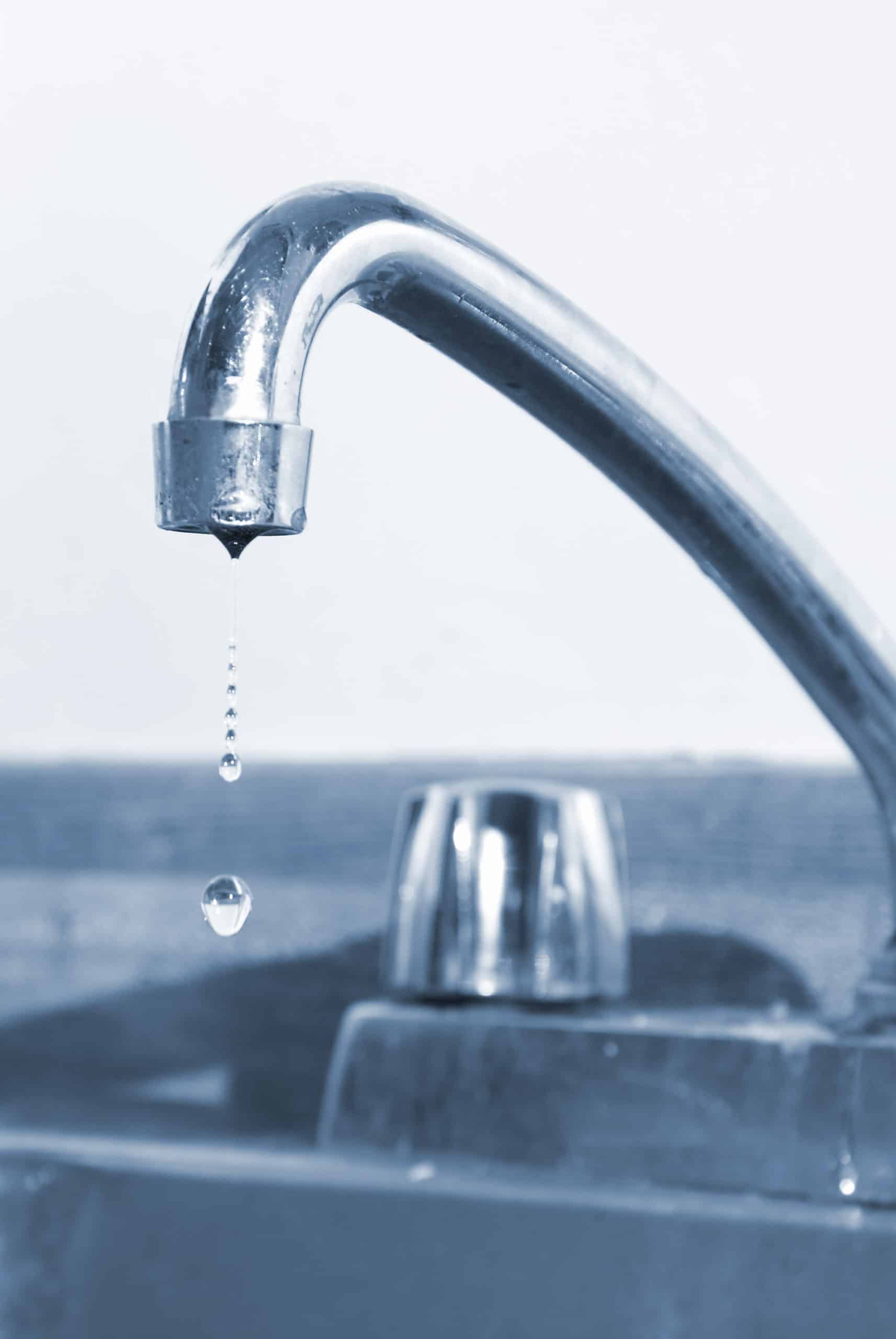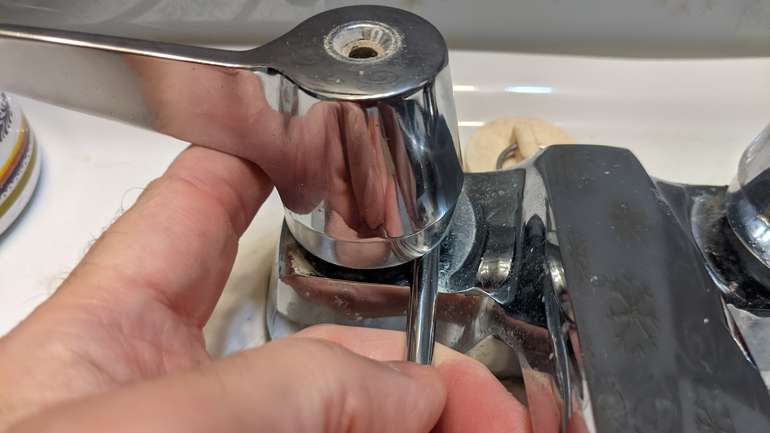What It's Crucial to Fix a Dripping Faucet
What It's Crucial to Fix a Dripping Faucet
Blog Article
Presented here down the page yow will discover a good deal of awesome tips related to Why Is It Important To Fix Your Leaking Tap/Faucet?.

Trickling faucets may appear like a minor trouble, but their influence surpasses just the annoyance of the audio. From drainage to incurring unnecessary economic costs and health risks, disregarding a trickling tap can bring about numerous consequences. In this article, we'll delve into why it's vital to resolve this usual family problem promptly and effectively.
Wastefulness of Water
Ecological Influence
Leaking taps contribute significantly to water wastage. According to the Epa (EPA), a single faucet dripping at one drip per second can throw away more than 3,000 gallons of water each year. This not only strains water sources but likewise affects ecological communities and wild animals dependent on them.
Financial Expenses
Boosted Water Expenses
Beyond the environmental effect, trickling taps can pump up water bills considerably. The collected wastefulness over time translates right into greater utility expenses, which might have been avoided with prompt repair work.
Possible Property Damage
Moreover, prolonged dripping can result in harm to components and surfaces surrounding the faucet. Water accumulation can cause discoloration, corrosion, and even architectural concerns if left neglected, resulting in extra fixing costs.
Health and wellness Issues
Mold And Mildew and Mold Growth
The constant presence of wetness from a trickling faucet produces an ideal atmosphere for mold and mildew and mildew development. These fungis not just endanger interior air quality but additionally pose health risks, specifically for people with breathing problems or allergic reactions.
Waterborne Illness
Stationary water in dripping faucets can come to be a breeding place for germs and other pathogens, raising the threat of waterborne conditions. Impurities such as Legionella germs prosper in stationary water, possibly causing severe ailments when ingested or inhaled.
Do it yourself vs. Professional Repair service
Pros and Cons of DIY Repair Service
While some might try to fix a leaking tap themselves, DIY repairs feature their very own collection of challenges. Without appropriate understanding and tools, do it yourself efforts can worsen the issue or cause insufficient repair work, extending the issue.
Benefits of Working With a Professional Plumber
Employing a specialist plumber makes sure that the underlying reason for the trickling faucet is addressed successfully. Plumbings possess the experience and tools to diagnose and repair faucet problems efficiently, conserving time and lessening the risk of additional damage.
Step-by-Step Guide to Repairing a Dripping Faucet
Devices Called for
Prior to trying to deal with a trickling faucet, collect the necessary devices, consisting of a flexible wrench, screwdrivers, substitute parts (such as washers or cartridges), and plumber's tape.
Common Faucet Issues and Their Solutions
Recognize the kind of tap and the details concern causing the drip. Usual troubles consist of worn-out washers, corroded shutoff seats, or defective O-rings. Refer to producer guidelines or online tutorials for detailed assistance on repair work.
Safety nets
Routine Upkeep Tips
To stop dripping taps, perform routine upkeep such as cleaning up aerators, inspecting for leakages, and changing worn-out components without delay. Furthermore, take into consideration installing water-saving devices or upgrading to extra effective fixtures.
Value of Prompt Services
Resolving leaking taps as quickly as they're seen protects against more water waste and prospective damage, inevitably saving both water and money in the future.
Impact on Building Worth
Perception of Well-Maintained Building
Keeping a residential or commercial property in good condition, including resolving upkeep concerns like dripping taps, improves its viewed value and value among potential customers or lessees.
Influence on Resale Worth
Residences with properly maintained plumbing components, consisting of faucets, command greater resale values in the real estate market. Addressing trickling taps can contribute to a favorable perception during residential or commercial property inspections and settlements.
Ecological Duty
Private Payment to Conservation
Taking duty for fixing dripping taps aligns with more comprehensive efforts toward water conservation and ecological sustainability. Every individual's actions jointly make a significant effect on preserving valuable resources.
Sustainable Living Practices
By focusing on timely repair services and embracing water-saving practices, individuals add to lasting living methods that benefit both existing and future generations.
Conclusion
Dealing with a leaking faucet surpasses plain ease; it's an important step toward conserving water, lowering economic prices, and protecting health and wellness and property. Whether with do it yourself repairs or professional help, doing something about it to take care of dripping faucets is a little yet impactful method to promote accountable stewardship of sources and add to a healthier, extra sustainable future.
How to Fix a Leaky Faucet: Step-by-Step Repair Guide
A leaky faucet may seem like a simple annoyance, but if it's not fixed promptly, that leak could cost hundreds to potentially thousands. From water damage to mold, mildew, and high water bills, even a tiny leak can be catastrophic if left unattended. Damage like this can even affect the overall value of your home, so it's important to take the right approach for leaky faucet repair. You may need the help of a plumber in some cases, but we've got a few tips you can try on how to fix a leaky faucet before calling the pros.
Four Faucet Types
When you're learning how to fix a leaky faucet, the first step is knowing what kind of faucet you're working with! There are four common types.
Cartridge Faucets
Cartridge faucets come in one- or two-handled varieties. In one-handled cartridge faucets, hot and cold water combines in a single cartridge. In the two-handled versions, hot and cold water are controlled separately and mixed in the faucet.
Ball Faucets
Ball faucets have a single lever you push up and down to adjust the pressure and rotate to change the temperature. A slotted metal ball controls the amount of water allowed into the spout.
Compression Washer Faucets
They're the oldest type of faucet, but they're still used in many homes — especially older ones. Compression faucets have two separate handles that, when turned, raise or lower the washer that seals a water valve. This valve stops water from flowing through the faucet when it is turned off.
Disc Faucets
Disc faucets rarely need to be repaired due to their maintenance-free design. The water flow is controlled by two discs — the upper one raises and lowers against a fixed lower disc, creating a watertight seal. If your disc faucet starts leaking, you may need to replace the seals or clean residue buildup from the inlets.
Fixing a Leaky Faucet
Step 1: Turn Off the Water
Whether you're learning how to fix a leaky bathtub faucet or how to fix a leaky kitchen faucet, always turn off the water supply to your working area when you're fixing a leak. The last thing you want is a flood added to your list of things to fix.
Look for the shutoff valves below your sink or around the tub and turn them clockwise to stop the water flow. If your faucet doesn't have shutoff valves, you may need to turn off the water for the whole house. Check to make sure it's off by turning the faucet on. If nothing comes out, you're ready to start the repair.
Step 2: Take Apart the Faucet
How you disassemble your faucet depends on the type of fixture you have. You can use a flathead screwdriver to remove the caps on top of the handle or handles for cartridge and compression faucets. Inside, you should see handle screws. Unscrew these with a screwdriver to remove the handle.
Disc- and ball-style faucets will typically have an inlet screw near the handle, and removing that will reveal the interior of the faucet.
Detach the Valve Stem
For cartridge- and compression-style faucets, you'll see the inner valve stem or cartridge once you remove the faucet handles. If you have a compression faucet, unscrew the brass valve stem. If you have a cartridge faucet, pull out the cartridge. If your cartridge has been in place for a while, it may require some tools or extra force to remove it due to mineral deposits.
Examine and Replace Parts
Once you've removed the parts, check them out to confirm what needs to be replaced. You may see corroded rubber washers, O-rings, stems, or cartridges. On a ball-style faucet, check the seats and springs for damage.
If you need to repair a leaky disc faucet, check the inlet and seals on the lower disc.
Once you determine what parts must be replaced, visit your local hardware store. Bring the damaged parts with you to ensure you can purchase the correct components to replace them.
Clean Valves and Faucet Cavity
If you've removed a stem or cartridge, you may notice mineral buildup in the faucet's threads. Use white vinegar to clean the valve seat by soaking it for a few minutes, then scrub it away with a soft toothbrush and rinse with warm water. You can also clean the interior of the faucet in the same way.
Reassemble the Faucet
Once your faucet is cleaned and the required parts have been replaced, it's time to reassemble it. Put the pieces back together and slowly turn the water supply back on. Doing this slowly is crucial because too much initial water pressure can damage the new hardware you've just installed.
https://homewarranty.firstam.com/blog/how-to-fix-leaky-faucet

As an avid person who reads on Why Are My Faucets Dripping (And Can I Fix It Myself)?, I figured sharing that piece of writing was sensible. In case you liked our blog entry please be sure to pass it around. I love reading our article about How to Fix a Dripping or Leaky Faucet .
Report this page